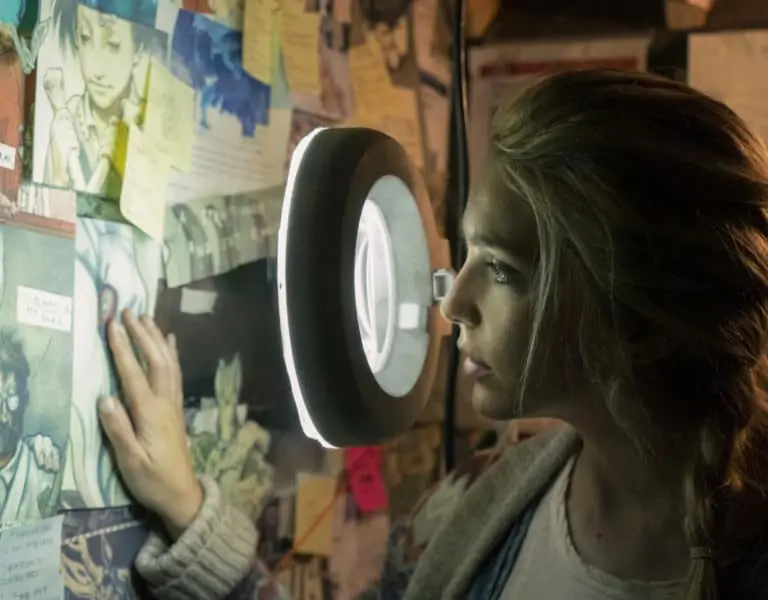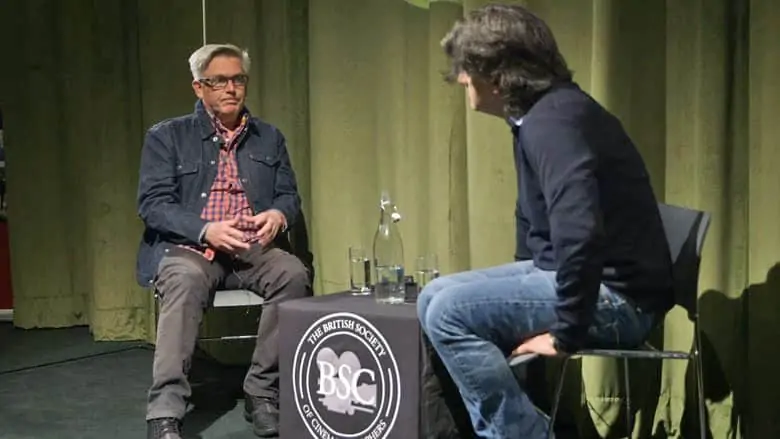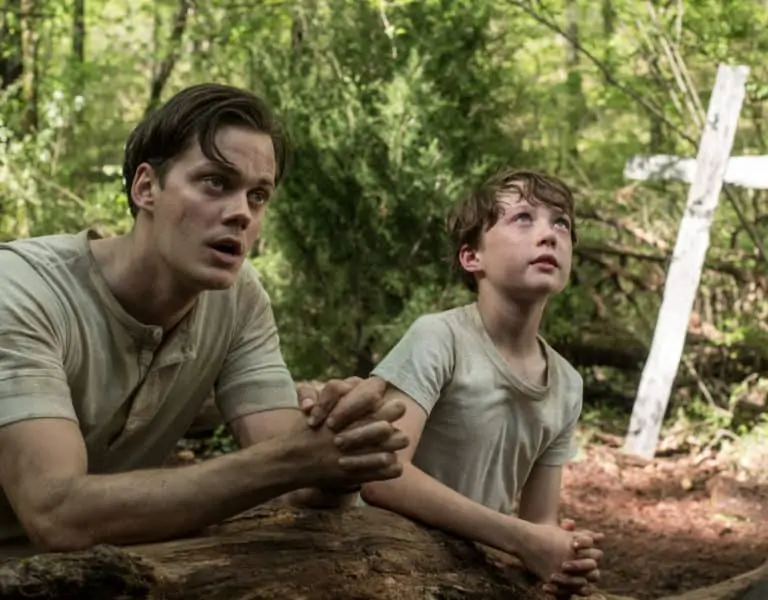Colour Contrast
Maja Zamojda BSC / The Spanish Princess
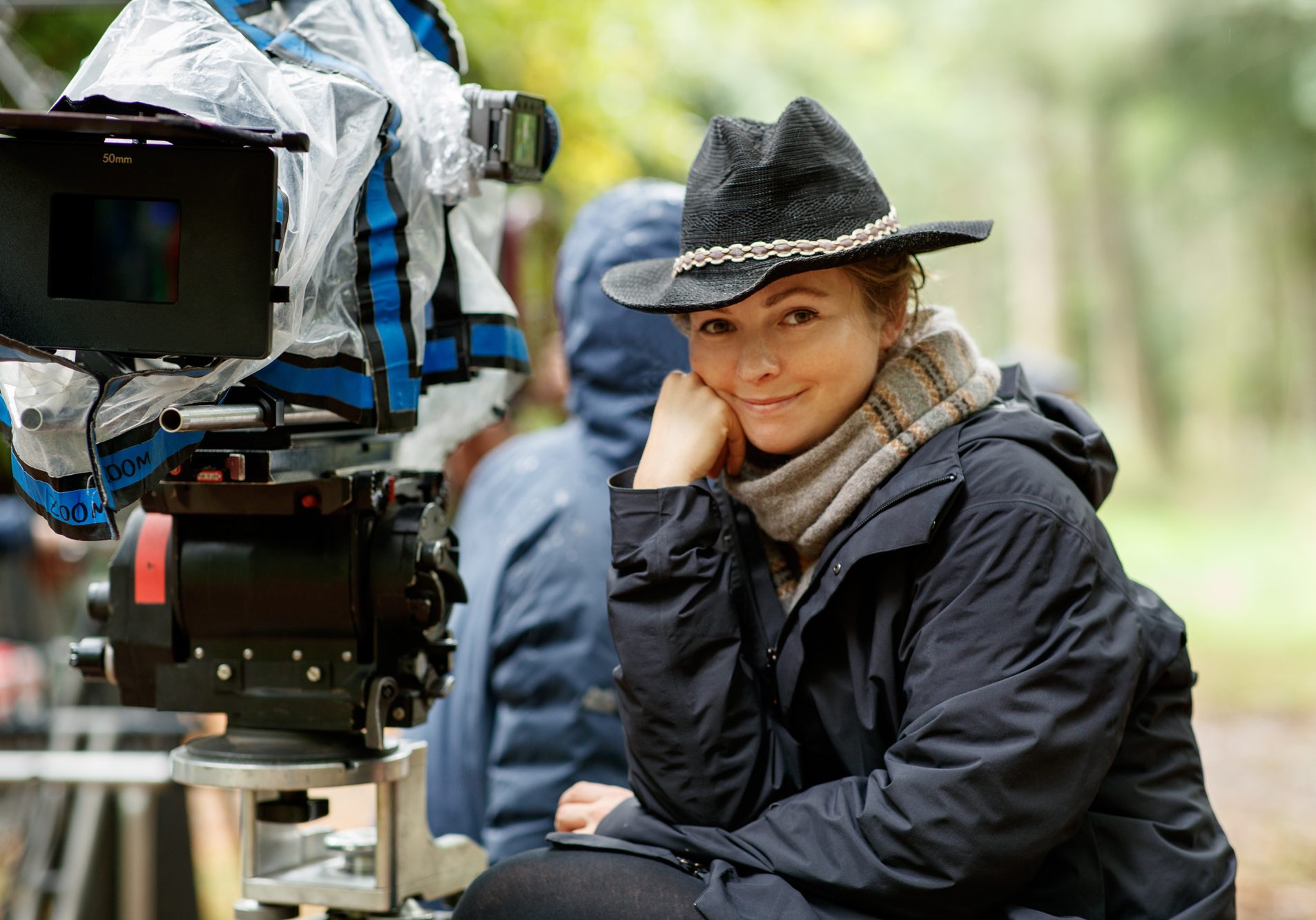
Colour Contrast
Maja Zamojda BSC / The Spanish Princess
BY: Valentina Valentini
Unlike the matches that are made for political and monetary gain in The Spanish Princess, the partnerships behind the scenes of the Starz production, shot in England, were mutual and instant. When cinematographer Maja Zamojda BSC met with director Birgitte Stærmose and showrunners Emma Frost and Matthew Graham, their ideas clicked right away.
"We were inspired by the camera movement and composition in Atonement (2007, DP Seamus McGarvey BSC ASC) says Zamojda, a graduate of the National Film & Television School, who has been working in British television since 2013. "There were also some great staging and blocking ideas in The Revenant (2015, DP Emmanuel Lubezki AMC ASC) and we liked the skin tones and colours from Marie Antoinette (2006, DP Lance Acord) and Bright Star (2009, DP Greig Fraser ACS ASC). Plus, I loved the contrast-y and atmospheric lighting in Jane Eyre (DP Adriano Goldman SBC BSC ASC) and Perfume (2006, DP Frank Griebe)"
The Spanish Princess, starring Charlotte Hope as Catherine of Aragon, is the third installment of Starz mini-series drawn from Philippa Gregory's The Cousins' War book series about some of England's choice queens reigning during the 15th century. The White Queen, (DPs Fabian Wagner BSC/Jean-Philippe Gossart/David Luther) about Elizabeth Woodville, aired in 2013 originally on the BBC and The White Princess, about her daughter, Elizabeth of York, aired in 2017, when the series was acquired by Starz. Frost served as writer on The White Queen, showrunner on The White Princess, and she and Graham are showrunners on The Spanish Princess.
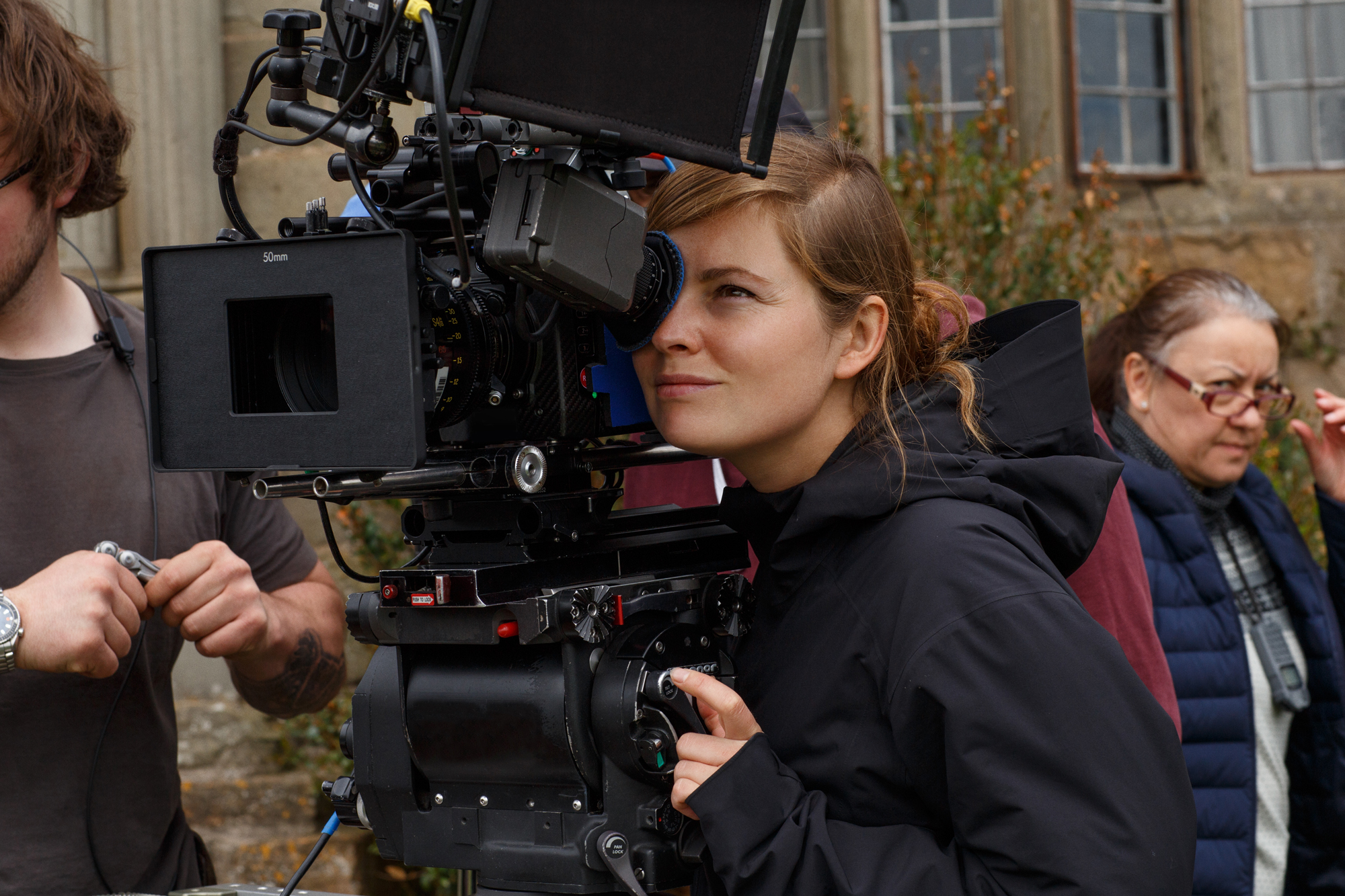
Part of their goal was to make it a female-led production - although, it goes without saying, that the most talented person for the job was always going to get the job. Enter, Zamojda, who was hired to shoot all eight episodes with four different directors (Stærmose, episodes 1&2, Diana Reed, episodes 3&4, Lisa Clarke, episodes 5&6 and Stephen Woolfenden, episodes 7&8).
"I was impressed with the psychological approach to the characters," she says. "It was very clear to me that we would be making a show set in the past, yet touching on very current themes."
Zamojda's aim was to create a contrast between the grandness of the royal settings, the subjectivity of the characters and the intimacy of their relationships. Her creative choices reflected this, choosing two Alexas to shoot simultaneously. She paired them with Cooke S4 lenses, which she felt had a good range of focal lengths and flared just right way, giving her Bokeh when she wanted it. The camera and lenses were supplied by Films at 59, Bristol.
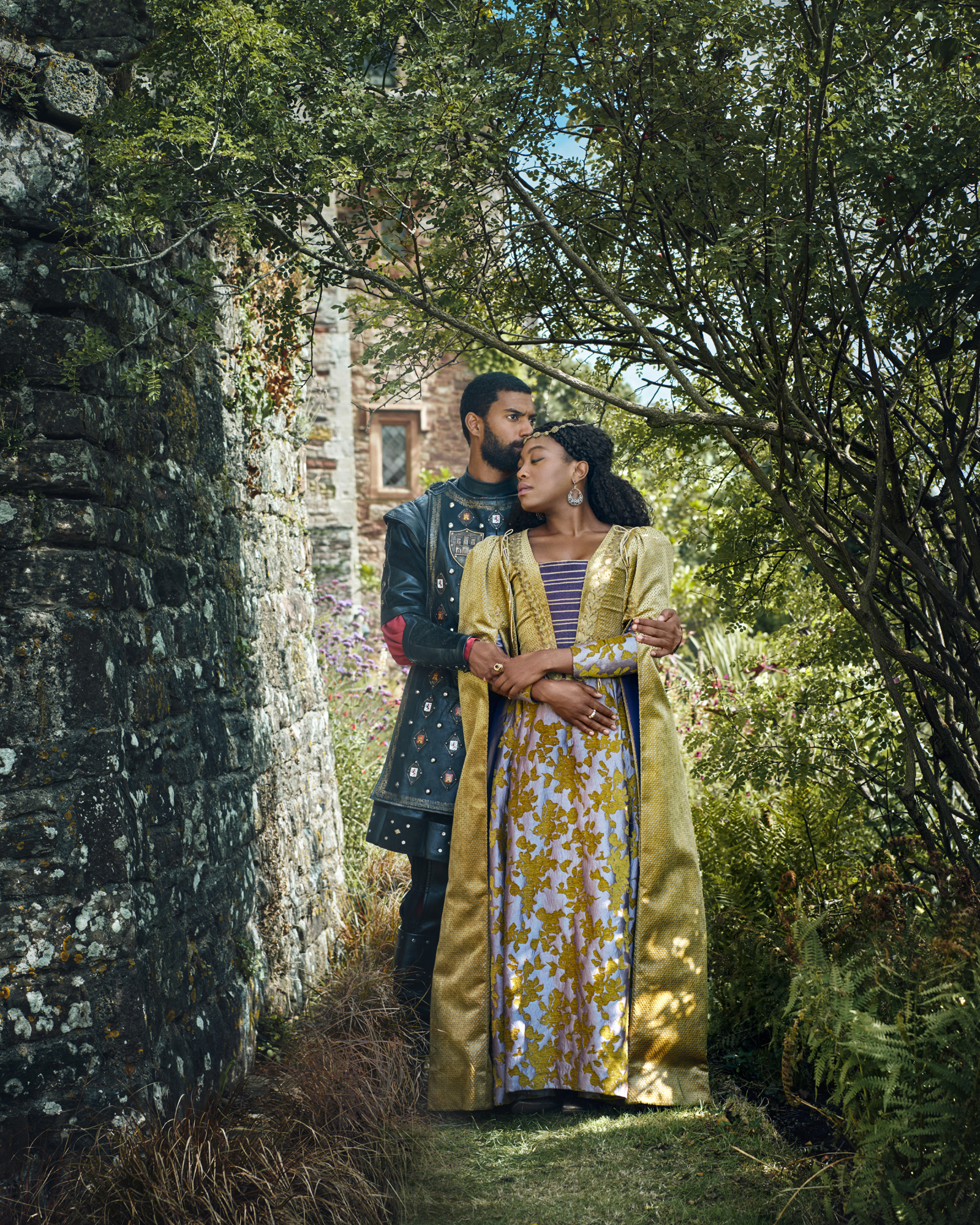
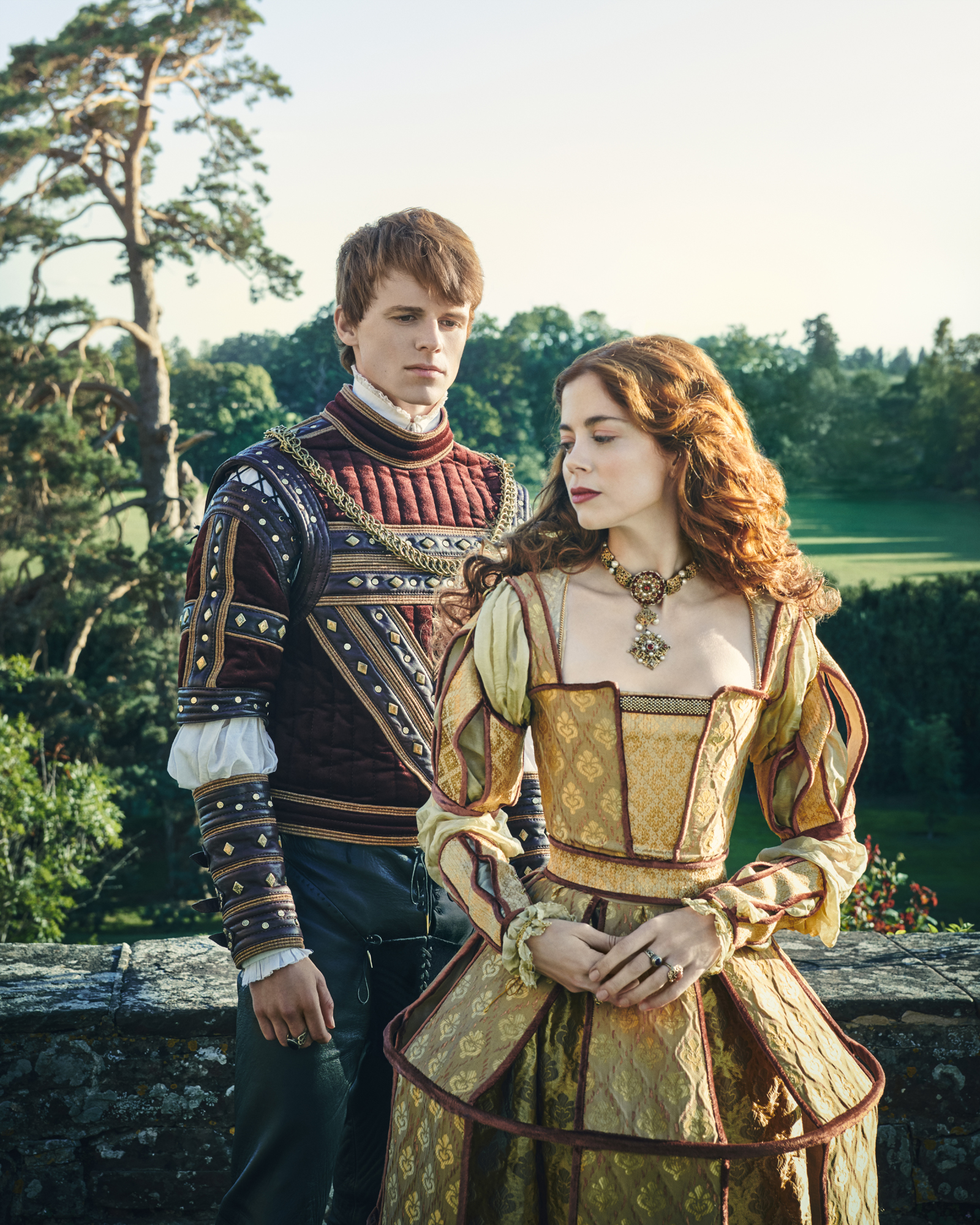
"We had a lot of candlelit scenes," she explains, "so it was important to find lenses that could be flattering in that environment. We used a lot of Steadicam as well, and I've found that 40mm works really well with long, developing shots - we could start a shot on a reasonably wide frame and develop it into extreme close-up when needed."
The world of The Spanish Princess is ethnically rich with a vast range of skin tones, from the Moors to the Spanish and the English, in the same shots. Zamojda achieved that tricky tonal balance through blocking, often positioning the key light further away from actors with fair skin. And all of this was done in different lighting environments: "moody night exteriors, glowing summer sunsets, dusty powdery interiors," says Zamojda. "We had some brilliant make-up tricks, too, by Linda Boije Af Gennäs, shaping faces with little glow creams and special tinted moisturisers."
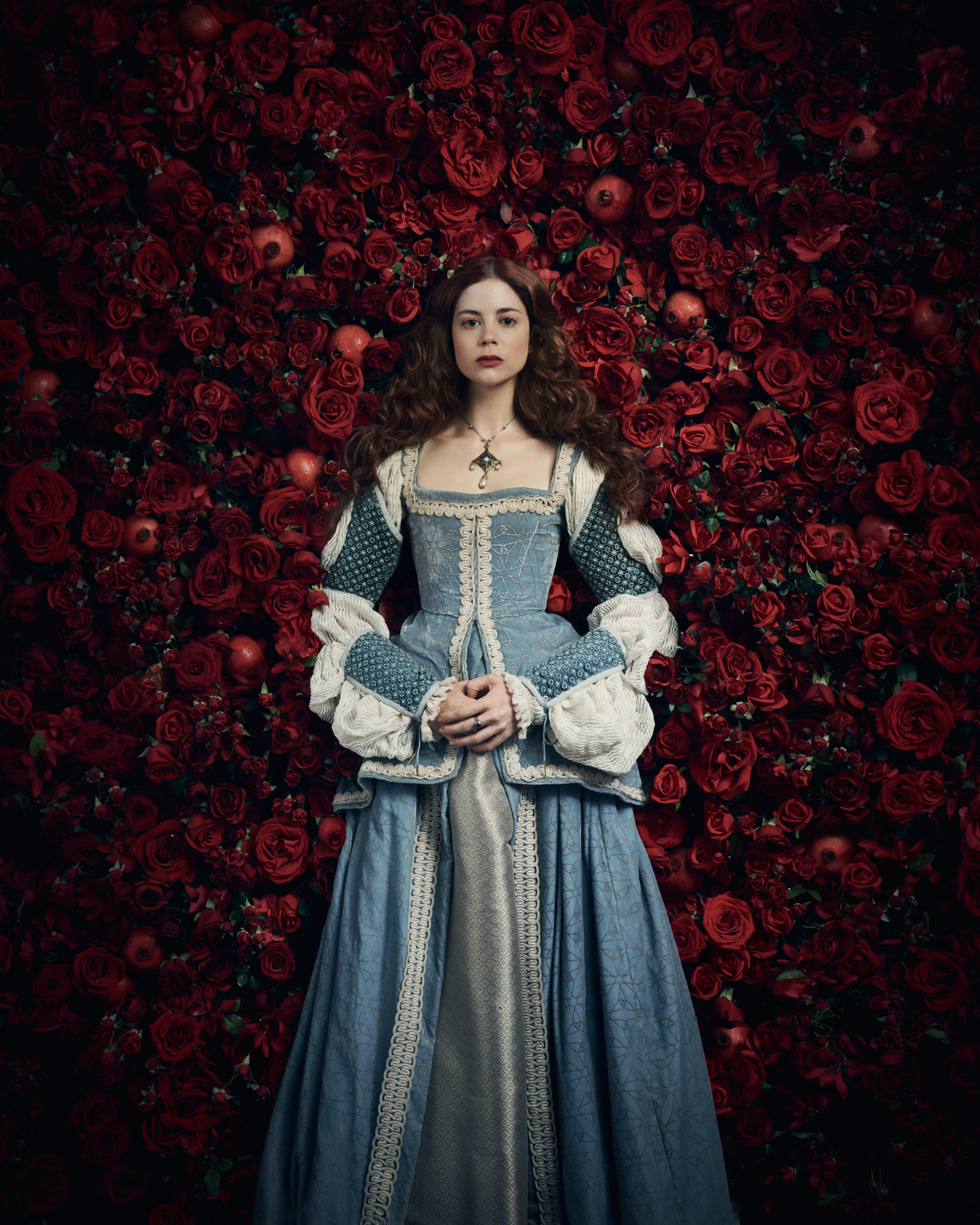
"It's not a bright world, but it's not dull and definitely not faded. I used a lot of colour contrast and kept our characters glowing, wanting them always to look dynamic and powerful. It had to be a world that is worth fighting for."
- Maja Zamodja BSC
Throughout the series, there is much play between bright light and deep, fiery darks. Whilst the locations in which the story takes place are Westminster Palace and Catharine of Aragon's homeland, Spain, the production actually shot at The Bottle Yard Studios in Bristol and used many available locations close-by for castle exteriors and interiors. Zamojda even felt that the architecture of the show was almost a character on its own and worked diligently to create light to enhance the spaces, whilst keeping focus on the characters. She used moving lights, following the actors with big, soft sources making sure they never blended with the backgrounds and always had that soft glow in their eyes.
"Westminster was a labyrinth of politics and ambition," she says, "so we tried to make it feel as vast as possible." Some sets at The Bottle Yard would be redressed and recycled for this purpose, to open up the world and make it bigger and more varied."
Zamojda adds, "This story is a journey of discovery, and for that reason we tried to create a world that feels slightly mysterious, a little bit uncomfortable at first, but then fascinating and inspiring. It's not a bright world, but it's not dull and definitely not faded. I used a lot of colour contrast and kept our characters glowing, wanting them always to look dynamic and powerful. It had to be a world that is worth fighting for. We start in raw, shimmering and golden Spain and transport Catherine to lush, vibrant and elegant England; there are secrets lurking in the shadows, but there are also colourful gardens, busy streets full-of-life and romantic nights flickering in candlelight."
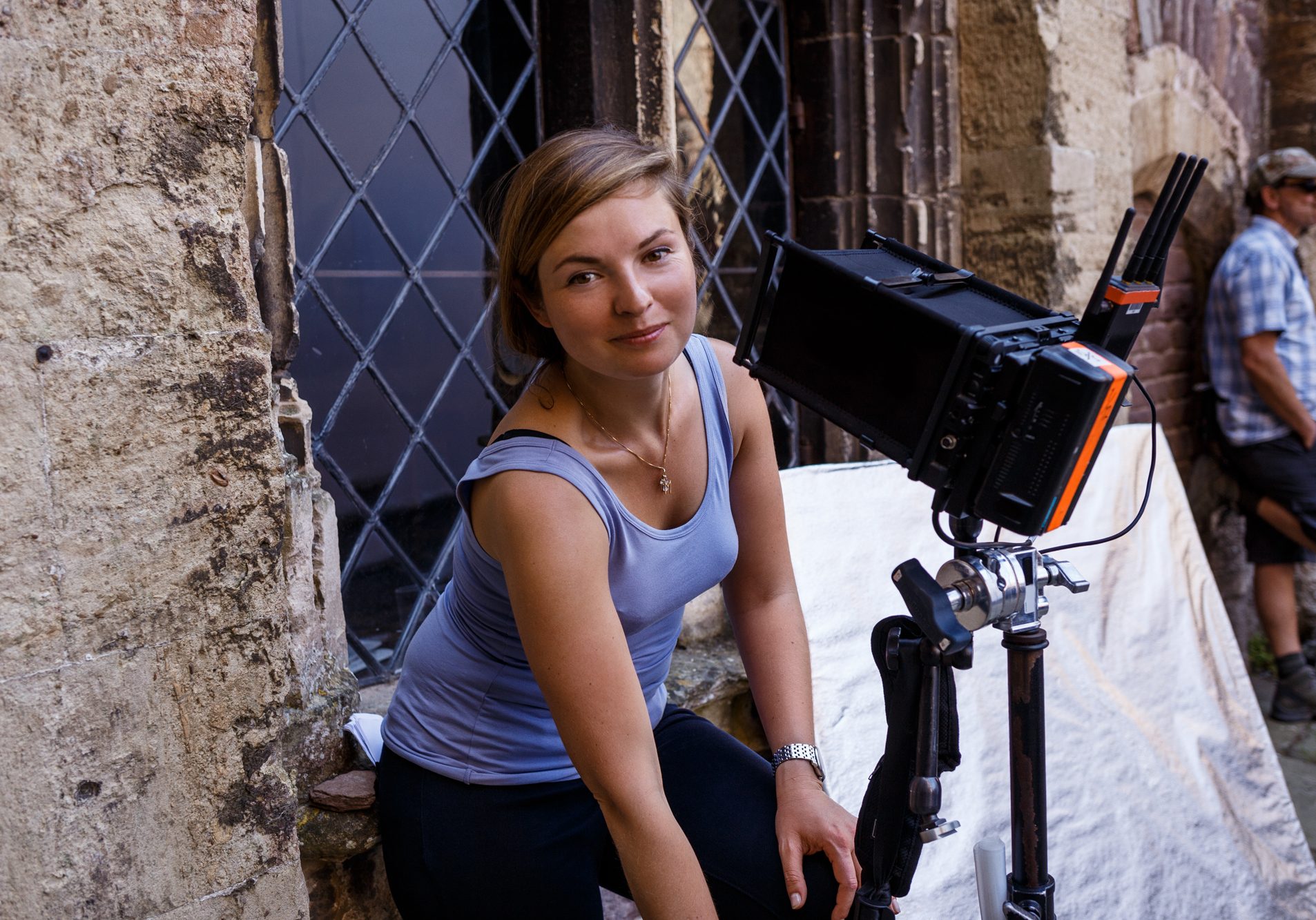
Upon arrival to England, Catherine comments - more than a few times - on the "awful English light." Her first impression is that it is cold and uninviting, so Zamojda cooled the lights, often using softer ARRI SkyPanels to match the cloudy quality of the sky. As Catherine's story progresses and her personal life blooms, so does the world around her: Zamojda introduced more shafts of light, directional sources and stronger contrast to convey a more romantically saturated look. The lighting package was supplied by PKE Lighting.
"I used slightly warmer gels on foreground lights - for skin tones - and subtle, colder gels in the background," says Zamojda. "By doing that, we created a stronger colour contrast; the skin tones remained neutral and the environment became cooler. During the grade with Jean-Clément Soret at Technicolor, we pushed that look even further by enhancing the warm/cold balance and sometimes introducing blue into the shadows."
The Spanish Princess began transmission on Starz in the US at the beginning of May 2019.









